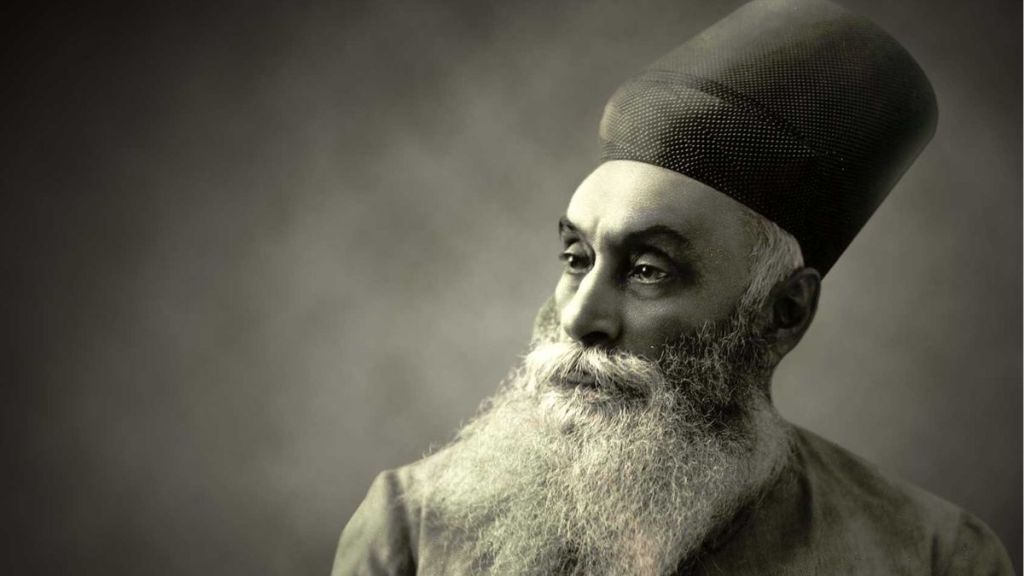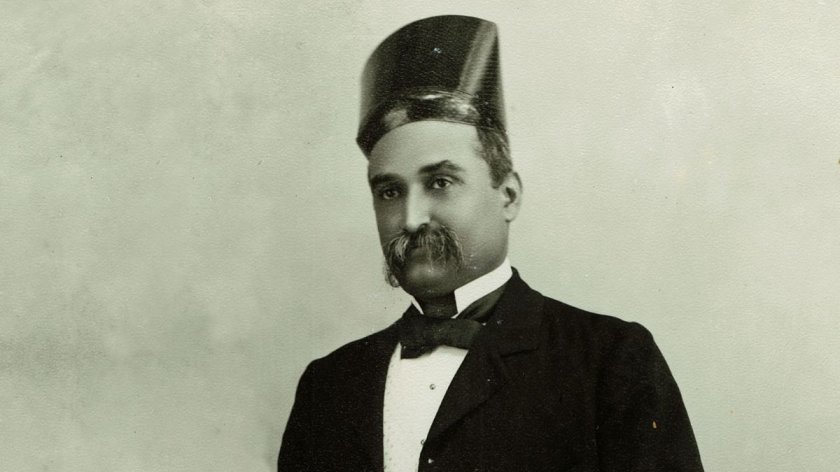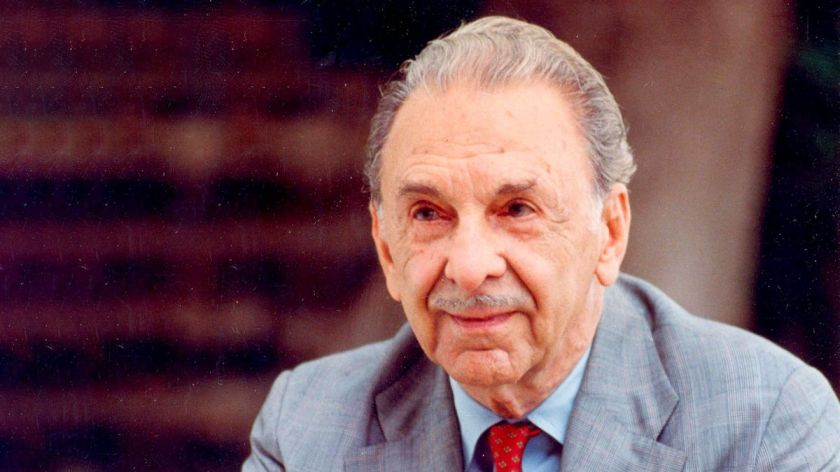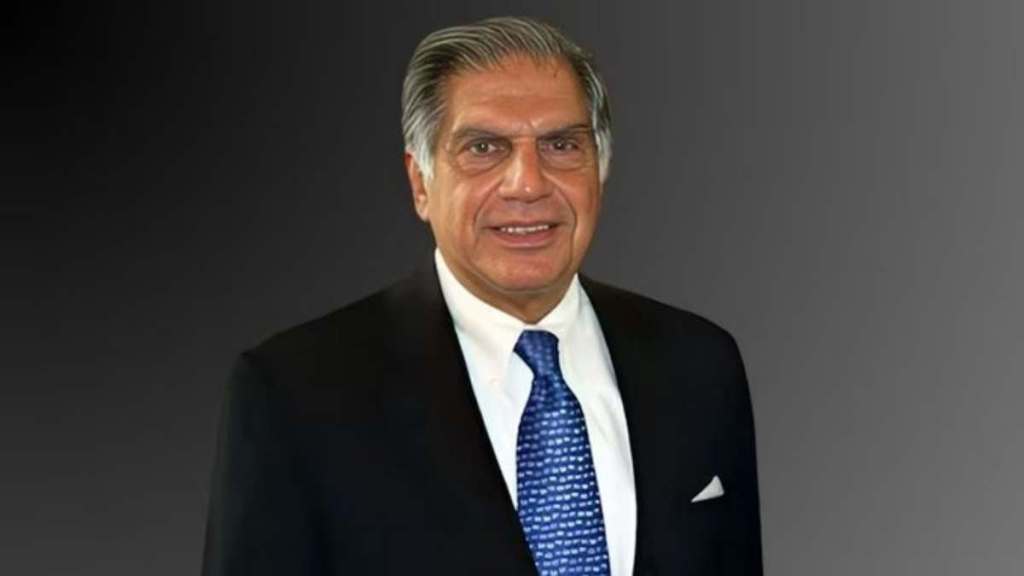Tata group has emerged as a global enterprise headquartered in India. The group comprises 30 companies dealing across ten verticals. Tata’s ubiquitous presence in India means that chances are, you’re using at least one of their products or services every day. This is surely not an exaggeration. The group operates in more than 100 countries of six different continents.
The Tata companies’ combined revenue was $165 billion in 2023-24. These companies have a collective workforce of over 1 million employees. As on March 31, 2024 there are 26 publicly listed Tata companies. These companies have a combined market capitalisation of more than $365 billion.
This is how the Tata Group looks now. But let’s dive into the past to see how it all started.
Emergence Of Tata Group
Jamsetji Tata, in 1868, at the age of 29 started a trading company with a capital of Rs 21,000. He soon went to England, where he learnt about the textile business. Jamsetji convinced himself its the time for an Indian company to make a dent on the British dominance in the textile industry. Jamsetji debuted textile industry in 1869. He acquired a bankrupted mill in Chinchpokli, and renamed the property to Alexandra Mill to convert it into a cotton mill.
Jamsetji sold the mill for a significant profit two years later. This was perhaps the start of the success that has now resulted into a giant global enterprise. In one of the boldest moves, Jamsetji establishes a textile mill in Nagpur instead of Bombay, India’s textile hub. It was named The Empress Mills and proven to be a stroke of a genius. Jamsetji was undervalued for his business decision but at the end he emerged as the winner.
Why Nagpur For Tata Group?
Nagpur fulfilled all the conditions for Jamsetji. It was in close proximity to cotton-growing areas, Transportation was accessible, and there was plenty of water needed for the business. Apart from this the labour was easily available and at low cost. Land was also cheap in Nagpur compared to Bombay. All criticism aside, this decision proved to be a wise man’s call. Tata never looked behind. Jamsetji had the vision to establish Tata in sectors like, iron and steel manufacturing, hotels, education, and hydroelectric plant.
The Iconic Taj Mahal Hotel in Bombay opened for business on December 16, 1903. This was among the many dreams Jamsetji had for India. Today, Taj has retained its position as one of the world’s best hotels, often a destination in itself.
Jamsetji Tata – A Visionary Ahead Of Time

Jamsetji offered his employees the services that was almost impossible to imagine at that time. He offered his employees shorter working hours, well-ventilated workplaces, a crèche for young mothers, provident fund and gratuity. This was long before they became norms in the Western countries. In 1886, he instituted a Pension Fund for his employees, and in 1895, he began to pay accident compensations. He was decades ahead of his time. He also introduced rewards for the best performing employees. In 1892, Jamsetji established the JN Tata Endowment Fund. This was to help Indian students pursue higher studies abroad.
Dorabji Tata: The Successor

Dorabji took over the command after the death of his father Jamsetji in 1904. He was too a visionary as his father. Taking the vision of Jamsetji forward, Dorabji established an Iron and Steel Company in Sakchi in Jamshedpur. The company is now known as Tata Steel. This was the first steel plant of Asia. Under Dorabji’s leadership Tata Group expanded massively. The Indian Institute of Science came into existence in 1909, taking forward the vision of Jamsetji. The first batch of students was admitted in 1911. During Dorabji’s tenure, Tata Power too came into existence in 1910. This was a hydropower plant. Dorabji was also an advocate of worker friendly environment in his company. Workers’ shifts were limited to 8 hours so that they can spend more time with family. The Tata Group was massively-massively grown under Dorabji before his death in 1932.
JRD Tata Steps In

In 1929, 24-year-old JRD Tata received the first ever pilot licence in India. JRD established Tata Airlines, which later came to be known as Air India. This was exceptional. Under the leadership of JRD Tata, Tata Consultancy Services (TCS) came into existence. This is the landmark company of Tata Group and is India’s first software services company. Under JRD’s leadership, Tata chemicals, Voltas, Titan and many more Tata Group Companies were born.
JRD Tata founded Tata Motors, a leading car manufacturing company now. Earlier known as TELCO, this company entered passenger vehicle space in 1991 with Tata Sierra. In 1993 JRD Tata departed for his heavenly adobe.
Ratan Tata: A Visionary With A Legacy

On March 25, 1991, Ratan Tata took over leadership of the Tata Group from JRD Tata. Under his leadership, the group evolved into a global powerhouse. High-profile acquisitions like Tetley, Corus, Jaguar, Land Rover, Brunner Mond, General Chemical Industrial Products, and Daewoo turned Tata into a global conglomerate. By the time Ratan Tata retired in 2012, the group had crossed $100 billion in revenue.
When Ratan Tata announced plans to launch a passenger car costing Rs 1 lakh, no one believed him. Yet, he delivered the Tata Nano, known as the ‘car for the common man,’ at the promised price. This was one of his biggest achievements.
Ratan Tata passed away at the age of 86 in a Mumbai hospital on Wednesday. The news of his death came as a late-night shock to the country. In 2008, the Government of India honored him with the Padma Vibhushan, the nation’s second-highest civilian award. Ratan Tata will be fondly remembered for his philanthropic contributions and his vision, particularly the launch of the Tata Nano.
From leaders to politicians, journalists to lawyers, business icons to bureaucrats, film stars to sports personalities, common people to VVIPs — everyone mourned the passing of an iconic industrialist and philanthropist. This speaks to the aura and legacy of Ratan Tata. He will be widely remembered and missed.
Now, it remains to be seen how the Tata Group evolves after the demise of Ratan Tata. The world is waiting to see how the legacy is carried forward.
Also Read: Ratan Tata Legacy: How Was The Business Icon Honoured Worldwide – List Of Awards













